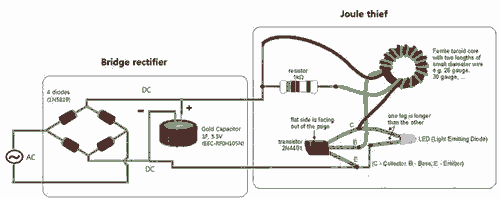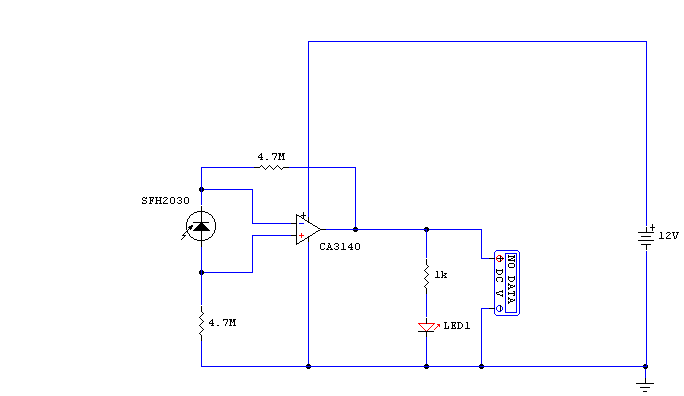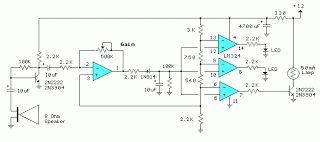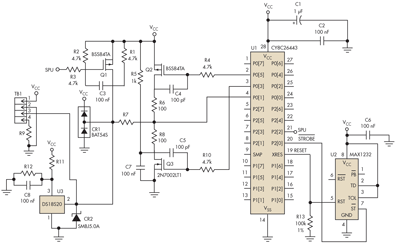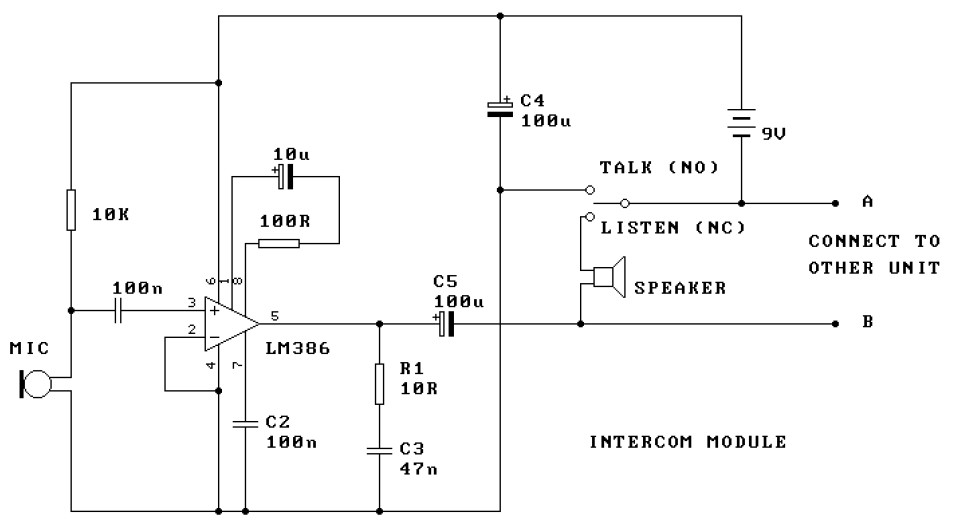
AN7223 Am Tuner Fm/am If Amplifier Circuit For Radio Cassette Recorder Panasonic Semiconductor
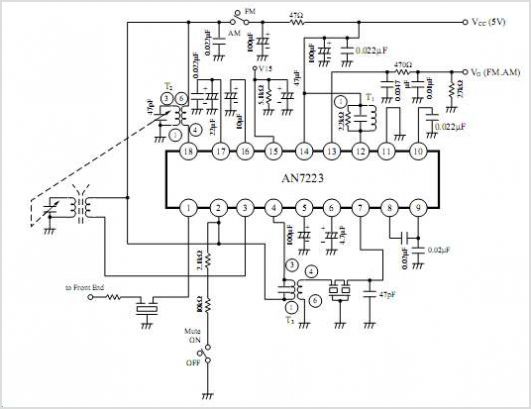
UART, GPS. This application note illustrates how to integrate a GPS module SC16C2552B into a navigation system using a Philips UART. With the rapid advancement of GPS (Global Positioning System) technologies, GPS is being increasingly utilized across various sectors. It offers high precision, global coverage, convenience, high quality, and low cost. Recently, the application of GPS has expanded rapidly from military to civilian uses, such as automobile navigation systems that incorporate GPS, electronic maps, and wireless networks. The popularity of GPS is growing, and the market for GPS technologies is continuously expanding. Figure 1 presents a typical diagram of an automobile navigation system.
The integration of the SC16C2552B GPS module into a navigation system via a Philips UART provides a reliable communication interface that enables efficient data exchange between the GPS module and the microcontroller or processing unit of the navigation system. The SC16C2552B is a dual-channel UART that supports various baud rates and is capable of handling multiple data formats, making it suitable for real-time GPS data processing.
In a typical automobile navigation system, the GPS module receives signals from satellites, calculates the vehicle's position, and transmits this information to the microcontroller through the UART interface. The microcontroller processes the GPS data, which may include latitude, longitude, speed, and altitude, and subsequently uses this information to update the vehicle's location on an electronic map.
The system architecture generally includes components such as a power supply, the GPS module, the microcontroller, a display unit for visual output, and input controls for user interaction. The UART communication protocol is crucial in this setup, as it ensures that the data from the GPS module is transmitted accurately and efficiently to the processing unit for navigation calculations.
Furthermore, the integration of wireless network capabilities allows for additional features such as real-time traffic updates, route optimization, and location-based services, enhancing the overall functionality of the navigation system. The growing demand for advanced navigation systems in civilian applications indicates a significant market potential for GPS technologies, driven by their increasing accuracy and affordability.
The schematic representation of the automobile navigation system should clearly depict the connections between the GPS module, the UART interface, the microcontroller, and other system components, ensuring a comprehensive understanding of how each part interacts within the overall system.UART, GPs This application note shows how to combine a GPs module SC16C2552B into a navigation system by using a Philips UART With the rapid development of GPs (Global Positioning System) techniques, GPs gets wider application in many fields. GPs has features such as high precision, global coverage, convenience, high quality and low cost. Recently , the use of GPs extends speedily from military to civilian applications such as automobile navigation systems which combine the GPs system, e-map, and Wireless network. GPs is getting popular, and the market for GPs techniques is extending continuously. Figure 1 is a typical diagram of an automobile navigation system. 🔗 External reference
The integration of the SC16C2552B GPS module into a navigation system via a Philips UART provides a reliable communication interface that enables efficient data exchange between the GPS module and the microcontroller or processing unit of the navigation system. The SC16C2552B is a dual-channel UART that supports various baud rates and is capable of handling multiple data formats, making it suitable for real-time GPS data processing.
In a typical automobile navigation system, the GPS module receives signals from satellites, calculates the vehicle's position, and transmits this information to the microcontroller through the UART interface. The microcontroller processes the GPS data, which may include latitude, longitude, speed, and altitude, and subsequently uses this information to update the vehicle's location on an electronic map.
The system architecture generally includes components such as a power supply, the GPS module, the microcontroller, a display unit for visual output, and input controls for user interaction. The UART communication protocol is crucial in this setup, as it ensures that the data from the GPS module is transmitted accurately and efficiently to the processing unit for navigation calculations.
Furthermore, the integration of wireless network capabilities allows for additional features such as real-time traffic updates, route optimization, and location-based services, enhancing the overall functionality of the navigation system. The growing demand for advanced navigation systems in civilian applications indicates a significant market potential for GPS technologies, driven by their increasing accuracy and affordability.
The schematic representation of the automobile navigation system should clearly depict the connections between the GPS module, the UART interface, the microcontroller, and other system components, ensuring a comprehensive understanding of how each part interacts within the overall system.UART, GPs This application note shows how to combine a GPs module SC16C2552B into a navigation system by using a Philips UART With the rapid development of GPs (Global Positioning System) techniques, GPs gets wider application in many fields. GPs has features such as high precision, global coverage, convenience, high quality and low cost. Recently , the use of GPs extends speedily from military to civilian applications such as automobile navigation systems which combine the GPs system, e-map, and Wireless network. GPs is getting popular, and the market for GPs techniques is extending continuously. Figure 1 is a typical diagram of an automobile navigation system. 🔗 External reference
